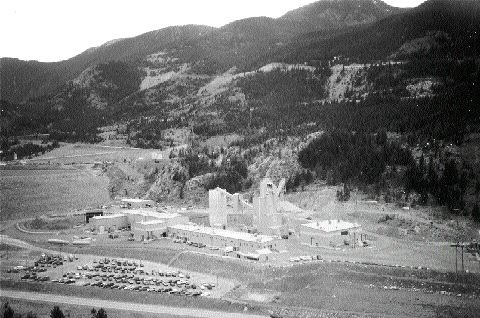Lower palladium prices have forced
The US2-per-share slump came on revenue of US$58.2 million and compares with earnings of US$4.7 million (or US11 per share) in the corresponding period of 2002, when revenue topped US$66 million. Contributing to the reduction was a 3% shortfall in sales volumes, though the main culprit was the sharp plunge in palladium prices.
Cash flow from operations rang in at US$11.7 million, versus US$16.2 million a year earlier. Changes to working capital reduced net cash in the recent period to US$752,000 but raised it to US$19.3 million in the year-ago period.
Stillwater sold its palladium output at an average of US$353 per oz. and its platinum output, at an average US$590 per oz. These prices compare with US$431 and US$517 per oz., respectively, in the similar period of a year ago.
On the bright side, Stillwater is making headway at its operations, reducing direct costs by 1.5% to US$41.6 million. Cash costs were down 6.6% on a unit basis, at US$284 per oz.
The company pulls its metals from its Stillwater and East Boulder mines in Montana. Combined, the operations produced 146,000 oz. in the recent quarter.
The Stillwater mine hauled 203,000 tons to the mill, contributing 106,000 oz. to the company’s quarterly output. Although throughput rates were down by 7,000 tons on a year-over-year basis (a planned measure), higher headgrades and recovery rates made up for the shortfall.
Cash costs at the mine averaged US$260 per oz. — US$15 less than a year earlier. The reduction reflects lower operating costs.
East Boulder contributed 40,000 oz. palladium-platinum from 109,000 tons of ore, for an 18% increase in year-over-year metal production. The higher throughput rates, in turn, helped depress cash costs by 10%, to US$351 per oz.
In the first nine months of the year, Stillwater produced 322,000 oz. at an average of US$351 per oz. Accounting charges tacked on US$98 to the company’s costs.
Stillwater recorded a loss of US$22.6 million (29 per share) on 9-month revenue of US$179.8 million, which compares with earnings of US$32.3 million (75 per share) on US$217 million in the similar period of 2002. Net cash provided by operations plummetted to US$36.8 million from US$46.1 million.
“During the fourth quarter . . . we expect [platinum group metal] production of about 137,000 oz., assuming no improvements in our productivity,” says Stephen Lang, who recently joined the company as chief operating officer. “Most of the shortfall in ounces [will be attributable] to the Stillwater mine, which has not achieved planned productivity improvements.”
Stillwater had expected to keep production steady at around 146,000 oz., for 615,000 oz. in all of 2003. Now, about 574,000 oz. are expected to have been produced by year-end.
Projected cash costs remain unchanged at US$290 per oz.
Stillwater also has noted that if current palladium prices do not improve, it will be forced to write down long-term assets and reduce reserves extending beyond 2010, when long-term sales contracts expire. The deals assure the company of a floor price in weak markets, such as the current one.
At Sept. 30, Stillwater had US$51.8 million in cash or marketable securites plus US$17.5 million left in a revolving credit facility. Working capital stood at US$155.1 million, up significantly over the past year, mainly reflecting the recent investment by
Stillwater has almost 90 million shares issued and half that amount outstanding. The company had been authorized to issue just 100 million but was recently granted permission by shareholders to issue twice as much.


Be the first to comment on "Low palladium prices hamper Stillwater"